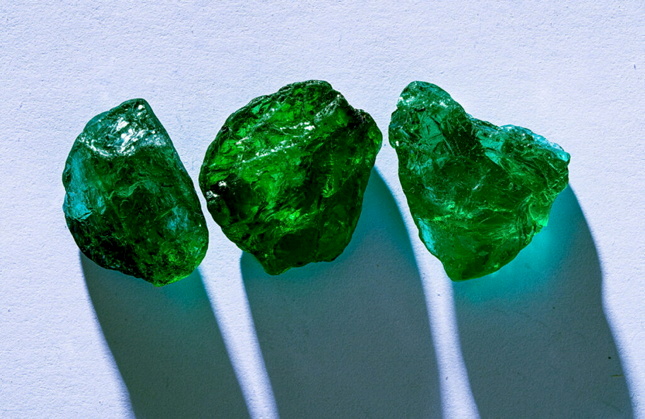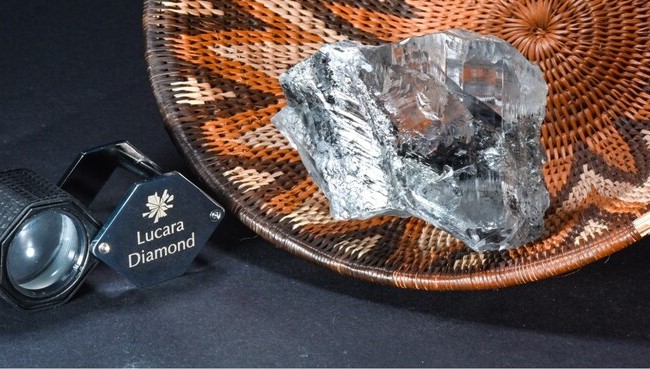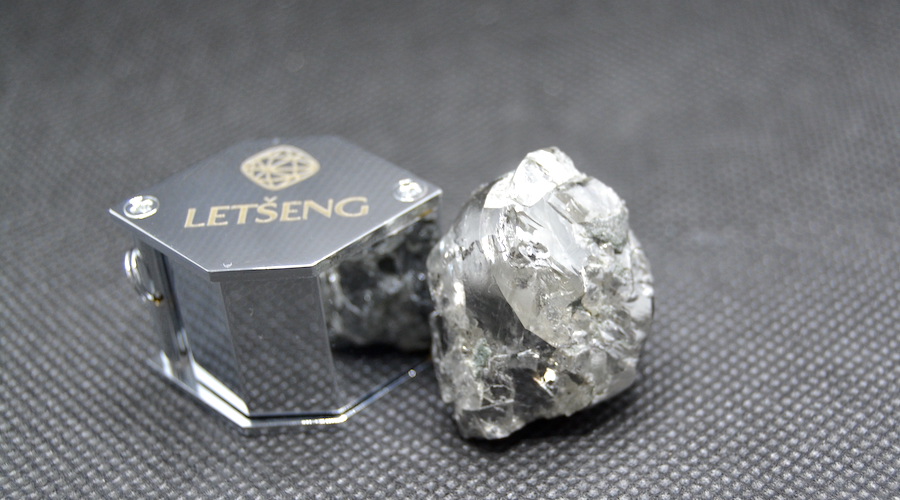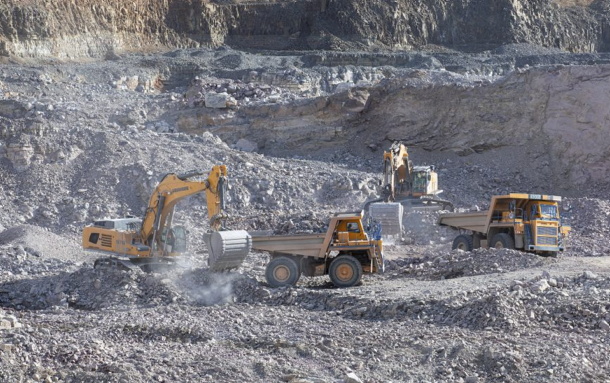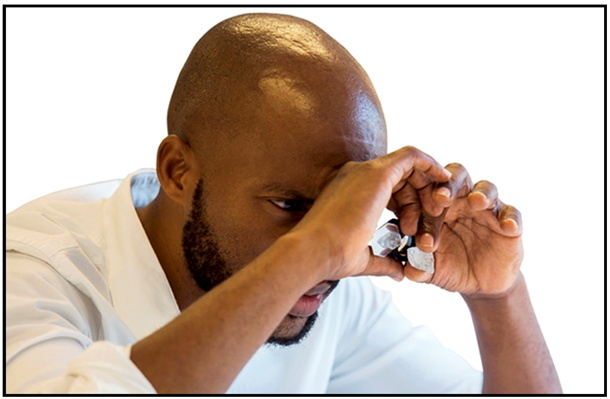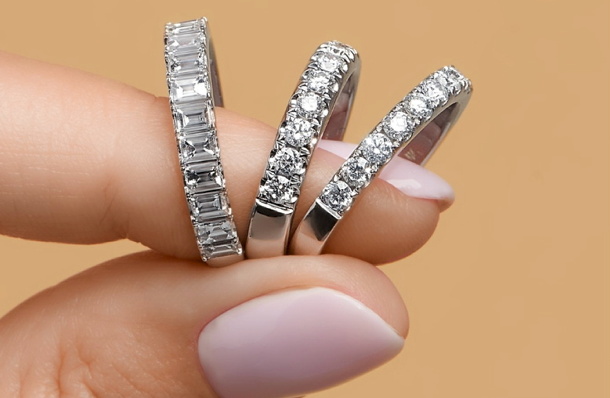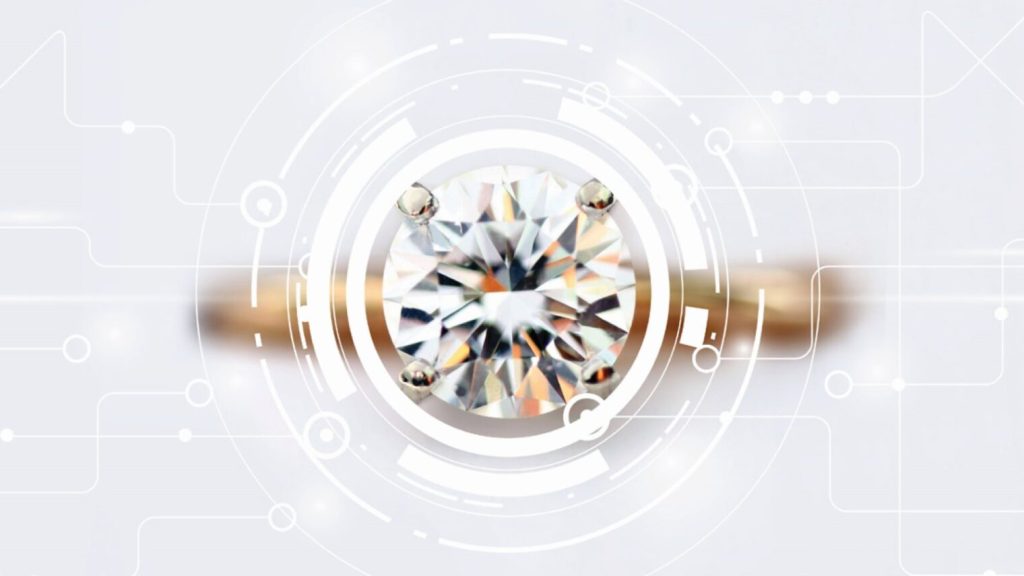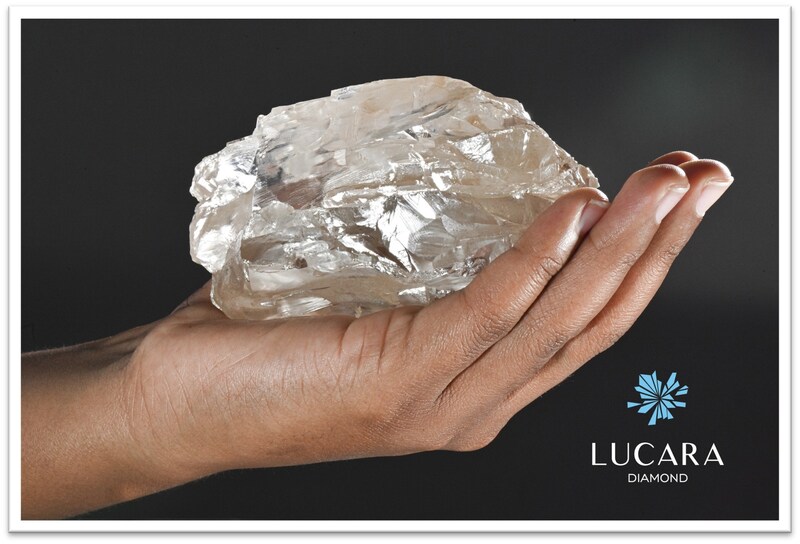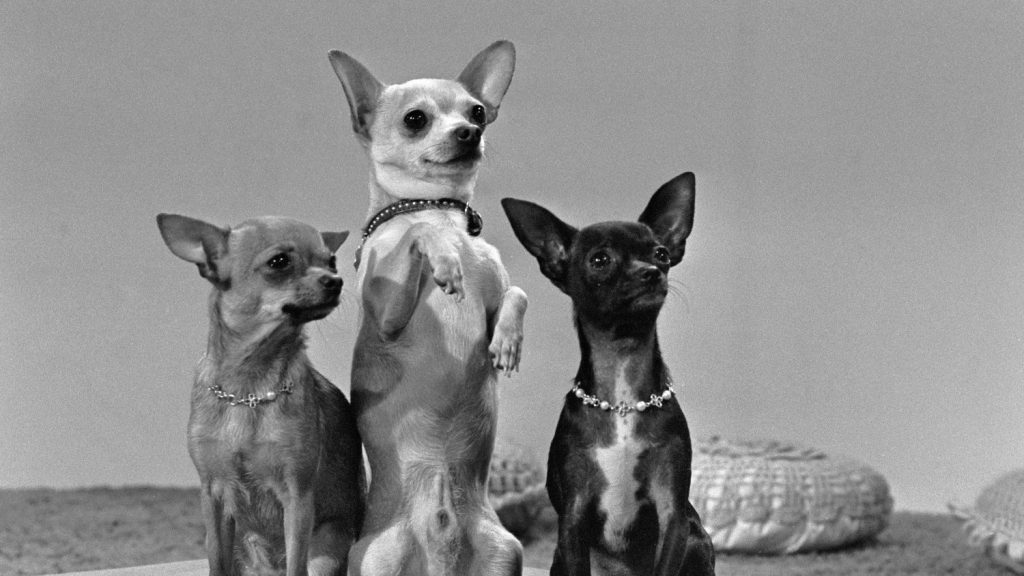
Since ancient times, jewelled collars, saddles and bridles have ensured that animal companions were as finely jewelled as their owners. Animal bling seems to have been particularly popular from the mid-19th century. Vogue’s 1896 article “Swagger Dogs” told its readers that “Dog jewelry forms an interesting exhibit, is marvelously fine and valuable, if absurdly extravagant”. These dogs sported jewelled collars, leg bracelets and bangles galore.
Lord Berners, the model for Nancy Mitford’s Lord Merlin in The Pursuit of Love, was well known for decorating his pet dalmatians with diamond necklaces, while the poet Elizabeth Barrett Browning made a collar for her dog Flush from a mosaic bead necklace. When Frances Work (Mrs Aurel Batonyi), the great-grandmother of Diana, Princess of Wales, visited the casino with her dog, she matched her jewels with its own diamond collar. The Daily Express of 1903 even recommended “diamond studded dog-collars with receptacles for scent” for smartly dressed dogs. According to early 20th-century newspapers, some dogs even wore bracelets around their paws and gem-set earrings. One of the gifts given to Jenny and Rosie Dolly, the fabulously glamorous cabaret dancers of the 1930s, was a pair of tortoises. These came from the besotted retail magnate Harry Selfridge, their shells set by Cartier with 4-carat blue diamonds.

The Dolly Sisters in the 1920s
The modern dog with a generous budget could choose from the famously expensive Amour Amour collars, the top-of-the-range set with 52 carats of diamonds, to elegant options from Hermès, Louis Vuitton, Tiffany and Christian Louboutin (with signature red lining). Sadly cats haven’t attracted the same attention from jewellers, although they might not have the same patience for dressing up as their dog counterparts.

The size M Loubicollar dog collar from Christian Louboutin
Animal lives are shorter than human ones and bereaved owners often wanted a record of their animal companions, often through paintings and photographs but also via memorial jewellery set with their images and sometimes even hair.

The brooch with a portrait of Nero made for Jane Carlyle
Jane Carlyle’s little dog Nero was a great comfort to her through the ups and downs of her marriage to the author Thomas Carlyle. Nero, painted as “large as a sheep” to Jane’s dismay, can be seen lying comfortably on the sofa in Robert Tait’s painting of the Carlyles at home. When Nero died in February 1860, Jane turned to the painter to help her create a memorial. Writing to Tait, she asked him to send her a photograph of the detail of Nero from the painting to make into a brooch.

Queen Victoria’s collie Gipsy, painted by Friedrich Wilhelm Keyl
Jane Carlyle wasn’t the only bereaved owner to want a lasting memory of her pet. Queen Victoria extended her appetite for sentimental jewellery to her animals. As well as a photograph album recording all the dogs in the Windsor kennels, one of her favourite dogs was immortalised in a jewel. In 1863 the Prince of Wales ordered a crystal brooch with the image of the Queen’s recently deceased collie Gipsy from the royal jewellers, Garrards. Some years later, as Edward VII, he kept strands of his favourite terrier Jack’s hair in a locket on his desk.

Amour Amour is the world’s most expensive dog collar with the price tag of $3.2 million
And although in general cats have not been lucky enough to be gifted jewels during their seven lifetimes, they have also been turned into a glittery accessory.
Mary Russell, Duchess of Bedford, was well known for her passion for Siamese cats. According to Boudoir Magazine in 1904, she wore a locket holding the portrait of Goblin, her favourite cat. Goblin’s thoughts on the matter are not recorded.
Source: Thetimes
